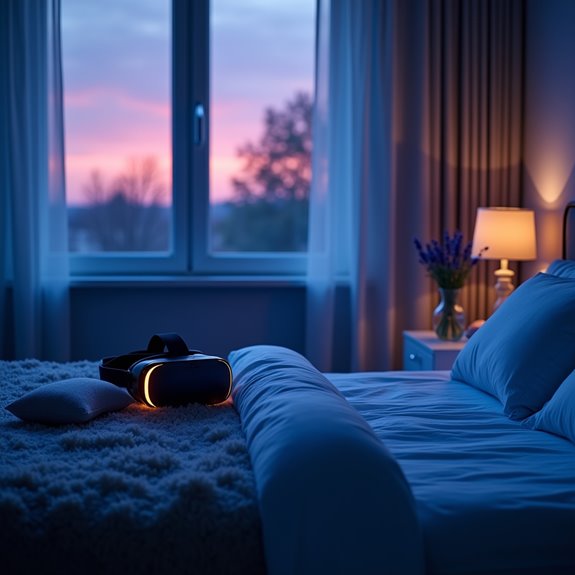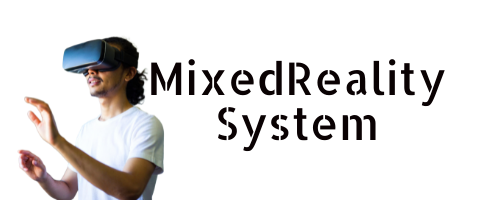Virtual reality is emerging as a game-changer for insomnia treatment, offering a high-tech solution that's more than just fancy goggles. Studies show VR therapy outperforms traditional methods, with digital treatments showing a 56% success rate. By creating immersive, calming environments accessible from home, VR combines the zen of a meditation retreat with professional therapy – minus the hassle of clinic visits. The future of better sleep might just be a headset away.

As millions of people lie awake counting sheep or staring at their bedroom ceilings each night, a surprising new solution is emerging from the world of technology – virtual reality. While it might sound like science fiction, VR is proving to be more than just a gaming gadget, showing remarkable promise in helping those who struggle to catch their nightly z's.
The numbers tell a compelling story – about 10% of adults battle chronic insomnia, and traditional treatments like cognitive behavioral therapy, while effective, often remain out of reach due to limited access to trained specialists. Enter VR, swooping in like a high-tech superhero to save our sleep. Studies show that VR-based treatments are not just matching but sometimes outperforming conventional therapies, helping people drift off to dreamland more easily. Digital therapeutics have demonstrated a 56% probability of being the most effective treatment for insomnia compared to traditional methods.
VR technology emerges as a sleep savior, bringing relief to millions struggling with insomnia where traditional treatments fall short.
What makes VR such a sleep-friendly companion? Think of it as your personal relaxation portal, whisking you away to serene digital environments where stress melts away like ice cream on a hot summer day. These immersive experiences help calm the mind and body, creating the perfect conditions for sleep to take over. It's like having a meditation retreat, therapist's office, and calming nature walk all rolled into one convenient headset. Research has shown that VR meditation sessions can significantly decrease anxiety symptoms and improve relaxation.
The beauty of VR therapy lies in its versatility and accessibility. Unlike traditional treatments that might require multiple visits to a clinic, VR brings professional-grade therapy right to your bedroom. The technology creates controlled environments that allow patients to practice relaxation techniques at their own pace.
It's particularly helpful for folks dealing with the double trouble of insomnia and anxiety or chronic pain – conditions that often play tag team in keeping people awake at night.
Looking ahead, VR's role in treating sleep disorders seems set to grow. As the technology becomes more affordable and user-friendly, more people will have access to this innovative solution.
While it might not completely replace traditional treatments, VR is carving out its own niche in the world of sleep therapy, offering a promising alternative for those tired of counting endless sheep without success.
Frequently Asked Questions
How Much Does VR Insomnia Therapy Typically Cost Compared to Traditional Treatments?
VR insomnia therapy costs vary, including hardware ($300-3000) and software fees, while traditional CBT-I treatments typically range from $100-250 per session, with established insurance coverage for the latter.
Are There Any Age Restrictions for Using VR Insomnia Treatment?
According to the University of Newcastle study, participants must be between 18 and 80 years old. This age range guarantees safe use of VR equipment while maximizing potential therapeutic benefits.
Can VR Therapy Worsen Existing Sleep Disorders or Create New Ones?
VR therapy can potentially worsen sleep disorders through screen exposure, cybersickness, and technology dependence. It may create new issues like unrealistic sleep expectations and psychological dependence on virtual environments.
What Kind of VR Equipment Is Required for Home-Based Insomnia Treatment?
Home-based insomnia treatment requires a VR headset, compatible software with relaxation programs, stable internet connection for telehealth sessions, and a comfortable space for practice with minimal distractions.
How Long Should Each VR Session Last for Optimal Sleep Improvement?
Initial VR sessions should last 5-10 minutes, gradually increasing to 15-30 minutes as comfort develops. Session length varies based on individual tolerance and specific therapeutic needs.



Leave a Reply